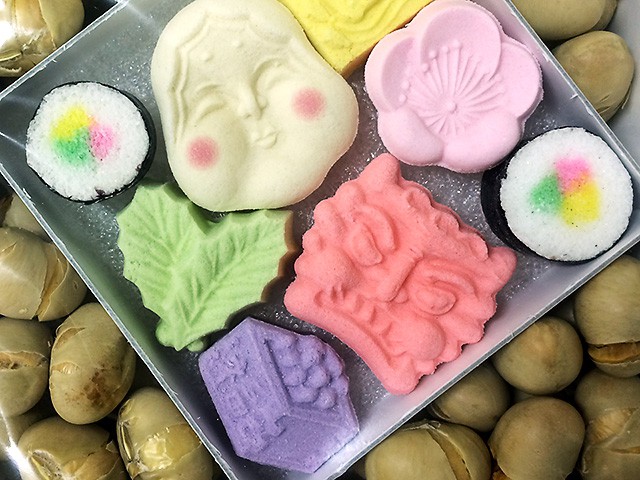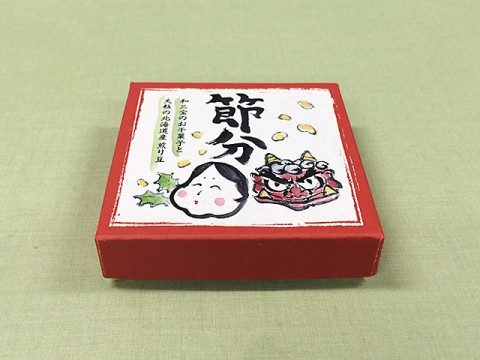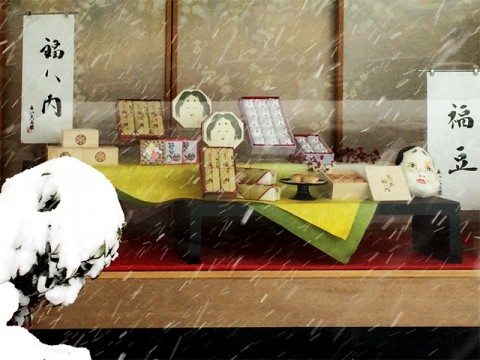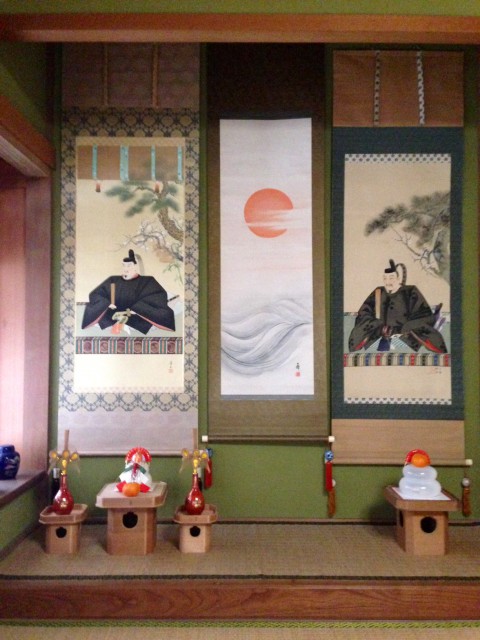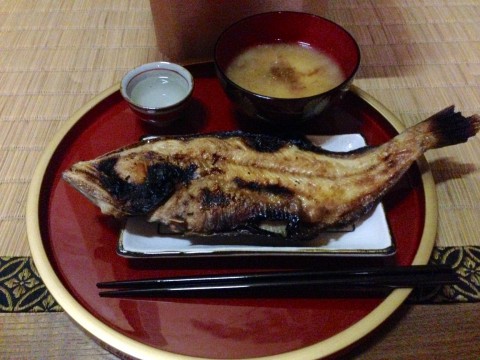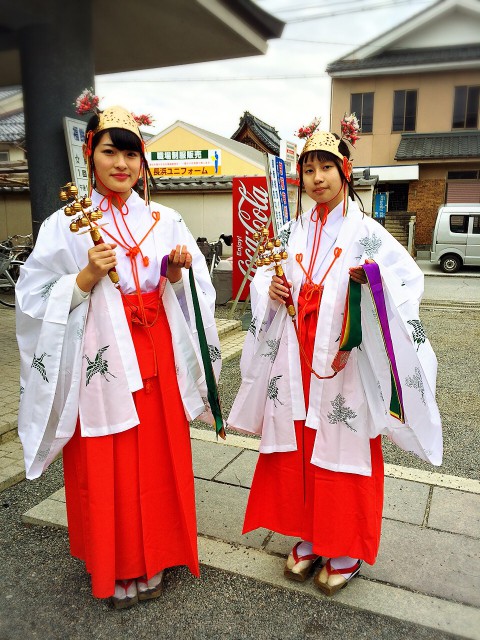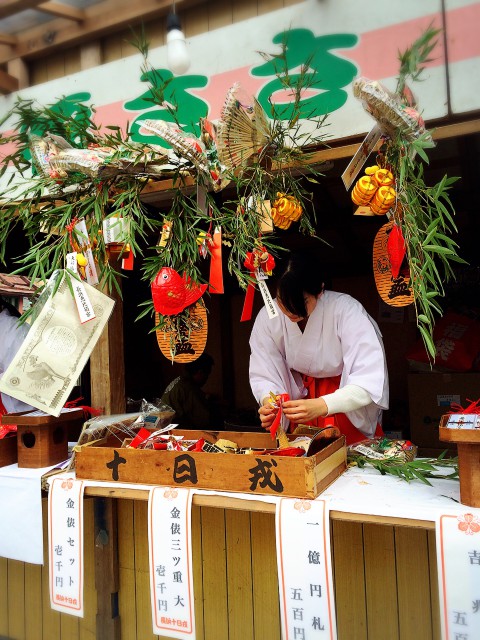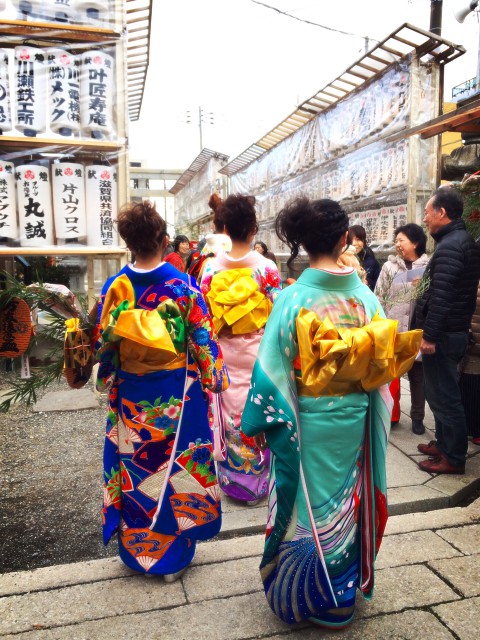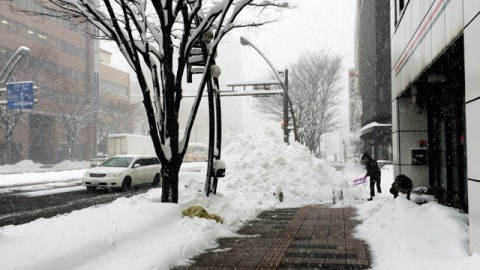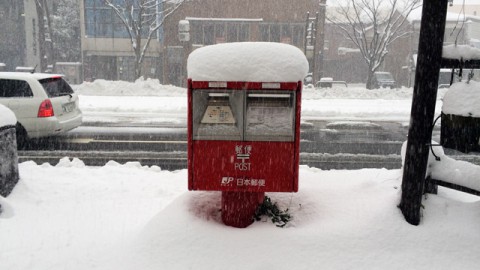Bonsai Exhibition of Japanese Plum Trees
2016.01.31
There was sweet smell slightly, and colors, red, white and pink were everywhere…
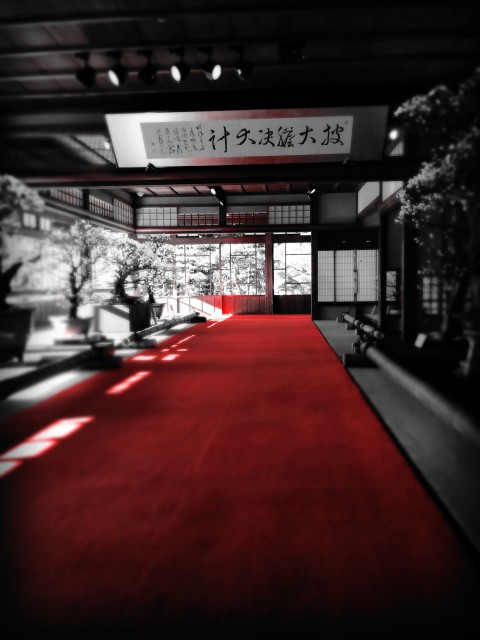
I’d like to tell you about the few hours of my one day that I felt strongly closer to Japanese culture.
Nagahama Bonsai Exhibition of Plum Tree is held in Shiga prefecture, and it is the largest and the oldest one in Japan.
90 pots of beautiful plums are exhibited in Japanese style zashiki (tatami room).
There are 3meters tall ones and 400 years old ones displayed there.
They are bringing the special Japanese mood out to the whole building.
When there are plum trees in a traditional Japanese room, time seems to pass by slower and quieter, and the atmosphere there becomes very calm but still urbane.
My favorite one is “Rin Chigai” plum tree. The blossoms of this tree change their colors as they grow.
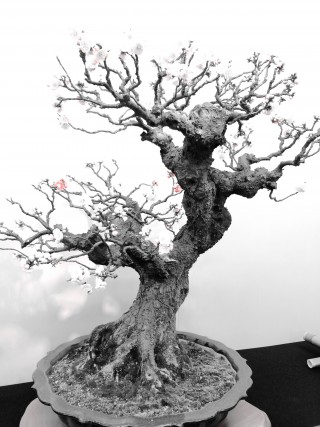
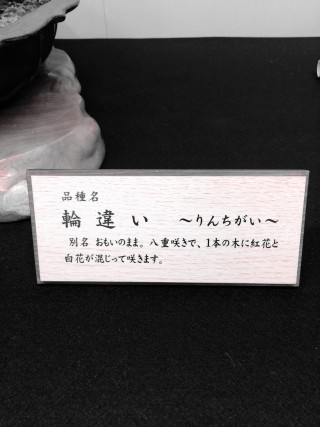
Nowadays, there are not many opportunities to see so many plum trees at one time, especially in Japanese traditional rooms.
I felt that there was an atmosphere that we all can feel closer to Japanese culture here at Bonsai exhibits.
【Nagahama Bonbai Exhibition】
Venue :Keiunkan(2-5 Minato-machi, Nagahama-shi, Shiga)
Entrance Fee:Adult 500yen, Under Junior High student 200yen(20% of if you are group of more than 20)
Period :January 9th~March 13th, 2016
Time :9:00~17:00(Enter by 16:30)(20:30 for Feb.6,7,11,13,14,20,21,27,28 and Mar. 5 and 6. 17:00 for Mar. 12 and 13.)
Price: 500yen
Holiday :None
Contact :Nagahama Tourism Bureau 0749-65-6521
Website : Bonsai Exhibition of Japanese Plum Trees in Nagahama (English)
Bonsai Exhibition of Japanese Plum Trees in Nagahama (Japanese)
T.F


